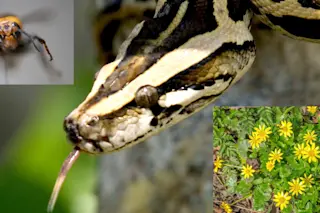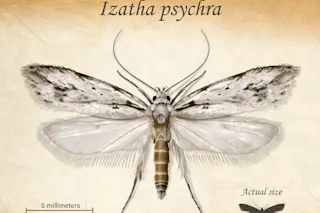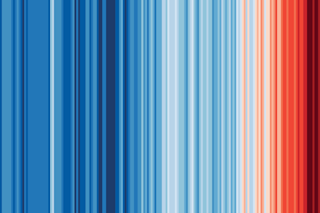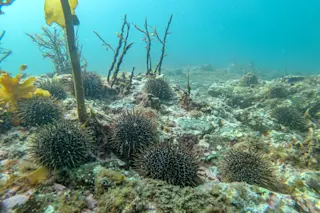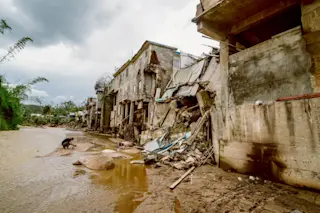At times the desert can make people seem small and inconsequential and even foolish. Bill Schlesinger feels that way today. With spikes and tape measure, he and co-worker Jane Raikes have staked out some 100 square yards of desert land in the Jornada Basin, 15 miles north of Las Cruces, New Mexico. Their claim includes some low-slung olive-drab creosote bushes, a clump of wispy tan snakeweed, and a lot of bare soil. Some ants roam the ground. A palm-size Texas horned lizard tries to stay cool in the shade of a creosote. It is a patch of desert that looks pretty much like countless other patches of desert in North America.
Why anyone--even someone like Schlesinger, a biogeochemist from Duke University in North Carolina--should bother to mark and study this particular patch of desert is hard for an outsider to divine. Schlesinger is aware of this. So, as he calls ...




